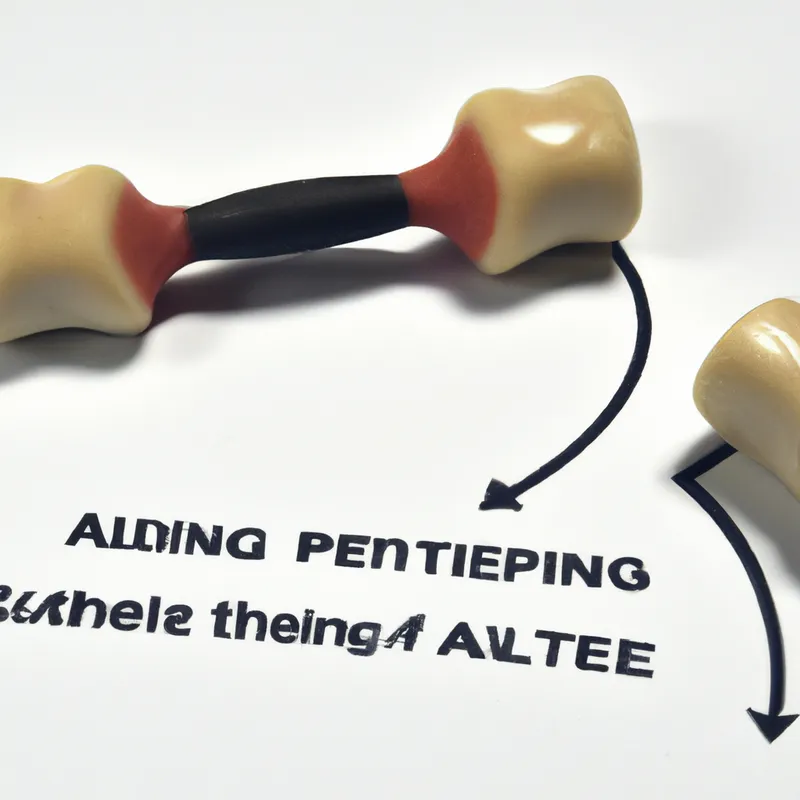Navigate Strength Training Challenges Efficiently
How to Handle Strength Training Plateaus for Older Adults
Strength training benefits older adults by increasing muscle mass, enhancing bone density, and improving overall health. However, many face frustrating plateaus in their progress. Fortunately, effective strategies exist to overcome these plateaus and enhance strength.
Understanding Plateaus
Plateaus happen when your body adapts to your routine, causing progress stalls. This natural response occurs when you repeatedly lift the same weights or perform the same exercises. Your muscles grow accustomed to the stress, stopping further growth. Recognizing this pattern is key to breaking through and advancing in strength training.
Common Causes of Plateaus
Several factors contribute to plateaus. First, your body may require new stimuli to break stagnation. Performing the same exercises prevents your muscles from receiving necessary challenges. Second, accumulated fatigue can hinder performance and limit effort. Lastly, inadequate recovery times can slow progress, as muscles need time to repair. Understanding these causes helps you address them effectively.
Tips to Overcome Strength Training Plateaus
1. **Change Your Routine Regularly**
Switching exercises provides the new stimulus your muscles need. If you typically bench press, try push-ups or dumbbell presses. Varying sets and repetitions also creates new challenges. For instance, change from three sets of ten reps to four sets of eight reps with heavier weights. Aim to alter your routine every 4 to 6 weeks to keep your body engaged.
2. **Increase Intensity Gradually**
Gradually increase the weight or resistance you use to combat plateaus. Adding small increments—like 2.5 or 5 pounds—can significantly impact over time. Focus on maintaining proper form during intensity increases. Good technique prevents injuries and ensures you engage the right muscles effectively. Consider advanced techniques like supersets or drop sets to further challenge your muscles.
3. **Prioritize Recovery**
Recovery plays a vital role in progress, especially as we age. Allow adequate rest between workouts targeting similar muscle groups. Aim for at least one rest day between training sessions for the same muscle group. Consider adding active recovery days with activities like walking, swimming, or yoga to promote blood flow and flexibility. Focus on nutrition to support recovery.
Conclusion
In summary, recognize plateaus, change routines, increase intensity, and prioritize recovery to enhance strength training progress.
Below are related products based on this post:
FAQ
What are strength training plateaus, and why do they occur in older adults?
Strength training plateaus occur when the body adapts to a workout routine, leading to a stall in progress. This happens when the same weights or exercises are repeatedly used, causing muscles to become accustomed to the stress and halt further growth. Recognizing this pattern is essential for breaking through and continuing to advance in strength training.
How can older adults change their strength training routines to overcome these plateaus?
To overcome plateaus, older adults should regularly change their exercise routines. This can involve switching exercises, such as replacing bench presses with push-ups or dumbbell presses, and varying sets and repetitions. It is recommended to alter the routine every 4 to 6 weeks to provide new challenges and stimuli for the muscles.
What role does recovery play in overcoming strength training plateaus?
Recovery is crucial in overcoming strength training plateaus, particularly for older adults. Adequate rest between workouts targeting the same muscle groups is necessary, with at least one rest day recommended. Additionally, incorporating active recovery days and focusing on proper nutrition can help support the body’s recovery process and promote ongoing progress.















Post Comment